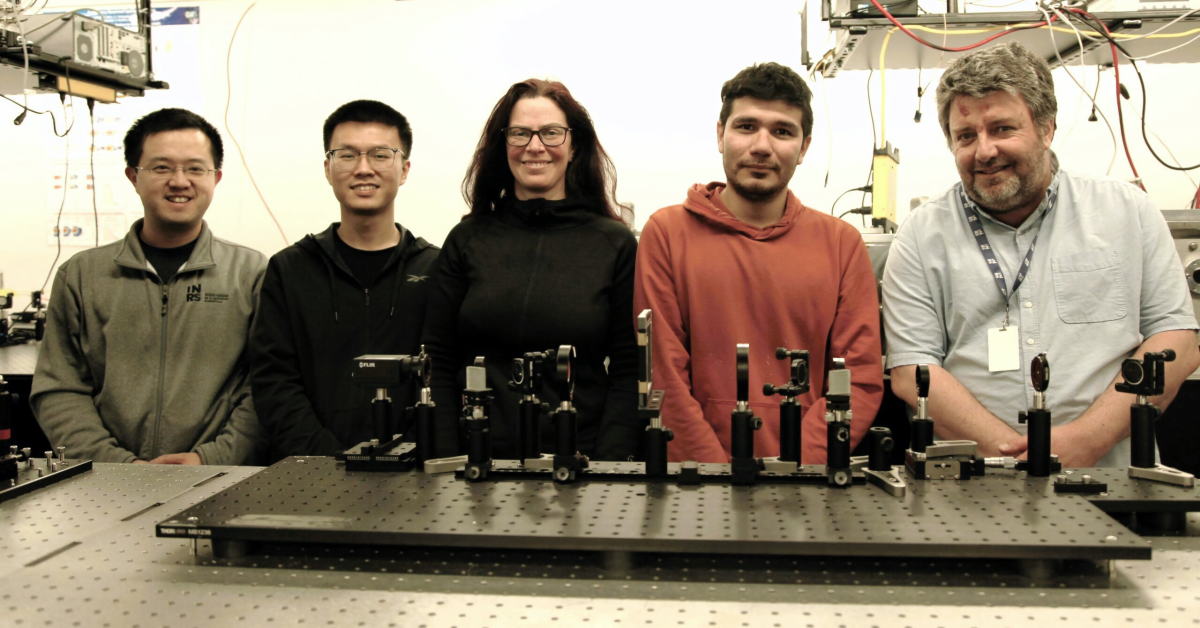Scientists have created a blazing-fast scientific camera that shoots images at an encoding rate of 156.3 terahertz (THz) to individual pixels — equivalent to 156.3 trillion frames per second. Dubbed SCARF (swept-coded aperture real-time femtophotography), the research-grade camera could lead to breakthroughs in fields studying micro-events that come and go too quickly for today’s most expensive scientific sensors.
In extremely simplified terms, that means the camera uses a computational imaging modality to capture spatial information by letting light enter its sensor at slightly different times. Not having to process the spatial data at the moment is part of what frees the camera to capture those extremely quick “chirped” laser pulses at up to 156.3 trillion times per second. The images’ raw data can then be processed by a computer algorithm that decodes the time-staggered inputs, transforming each of the trillions of frames into a complete picture.
Remarkably, it did so “using off-the-shelf and passive optical components,” as the paper describes. The team describes SCARF as low-cost with low power consumption and high measurement quality compared to existing techniques.
quick math says playing that back at 60 FPS would take about 82.5 thousand years per second of capture to watch all the way through
In extremely simplified terms, that means the camera uses a computational imaging modality to capture spatial information by letting light enter its sensor at slightly different times.
I can admit when I’m really out of my lane.
Getting close to the frequency of the visible spectrum, wonder what they will do then!
Wonder what type of lighting is needed here, something very bright I’m sure



